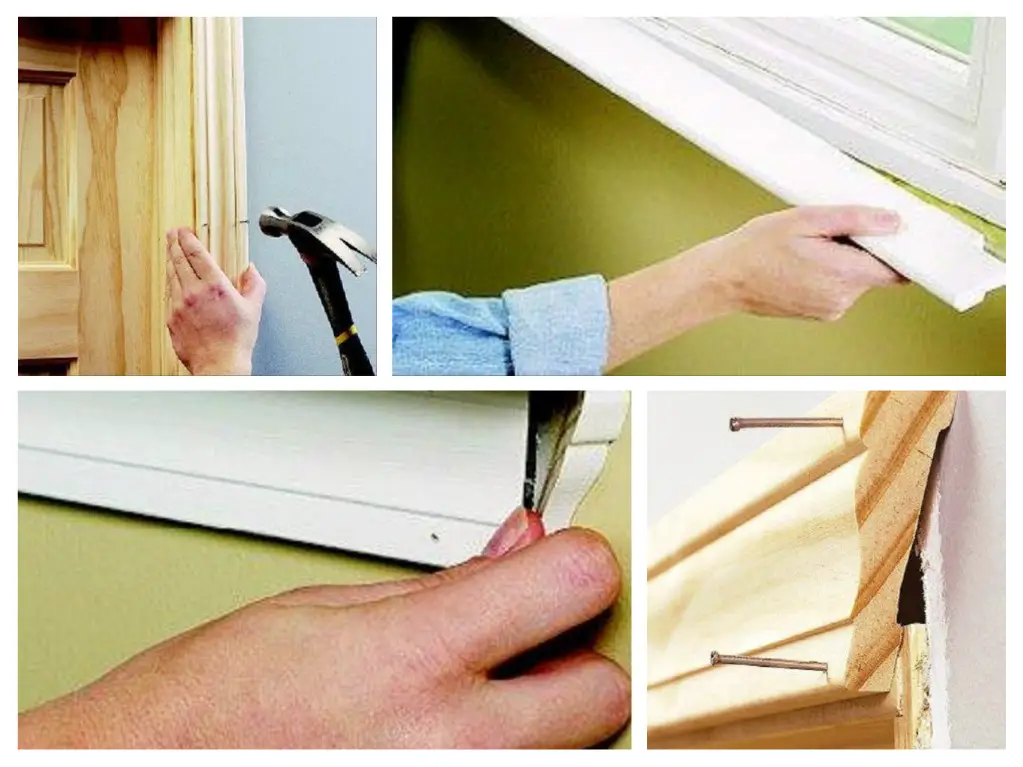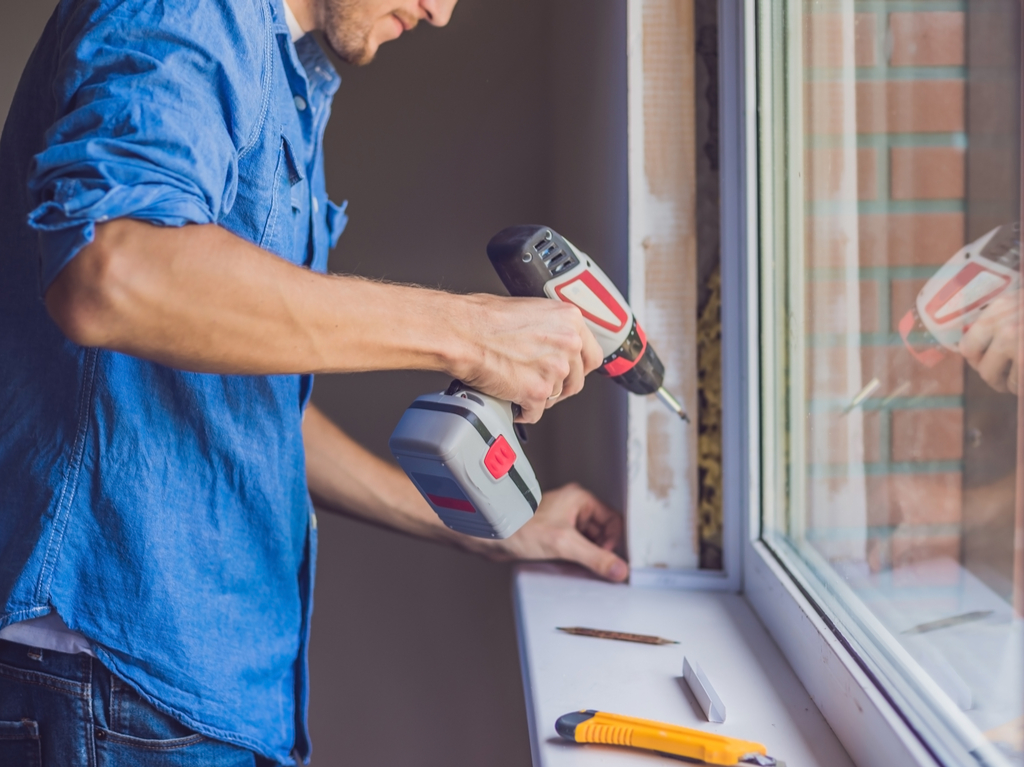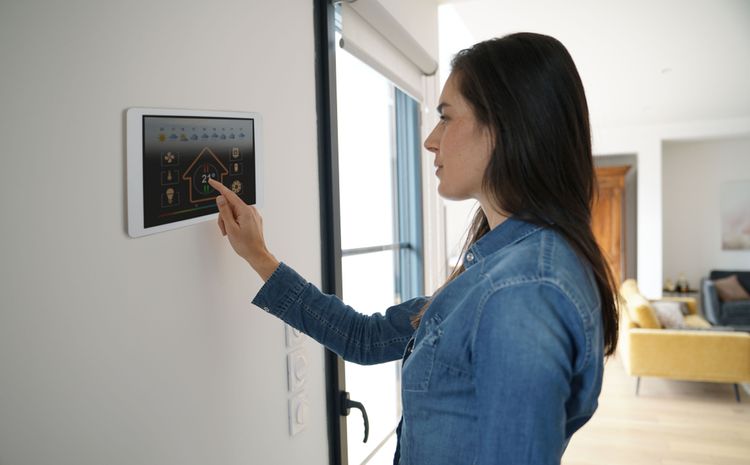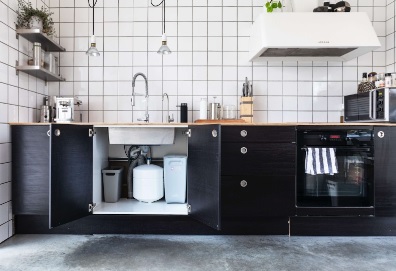The construction industry in North Carolina is booming, with a year-on-year growth of about 2.1%, according to the Associated Builders and Contractors. Construction is a primary driver of the economy and one of the biggest employment generators.
But nowadays, more and more contractors are setting up construction cameras on site. And there is a reason for that, other than tracking the project’s progress.
The 2016 Construction Theft Report estimated that theft and pilferage amount to $400 million every year. The report also placed the average amount per incident at $29,000. It is enough of a problem that some construction companies are factoring in theft losses into their budgets.
North Carolina placed second in the top 10 list of states with the greatest number of construction theft incidents. The state only followed Texas, which was the runaway winner in the dubious list. The research recorded 796 cases in North Carolina, while Texas had 2,375 theft incidents. What is more disturbing is that the rate of recovery is meager at only 21%.
Installing construction cameras at your job site in Winston-Salem would drastically reduce the incidents or help identify the perpetrators.
Before installing a security closed-circuit television (CCTV), however, you need to be aware of the following:
- Where do you mount the cameras? Correct planning will reduce the cost of installation. Just an estimation, you will spend between $2,000 and $25,000 to install construction cameras. A huge factor that adds to the price is the number of CCTVs that you order. For instance, mounting the camera off-site will give a broader vantage point on the entry and exit points.
- Identify your priority. It would be very costly to cover all the points at the job site. The service provider will typically help identify the best areas to mount the cameras. The best strategy is a combination of both CCTVs and human security. Mixing both will provide you with a wider coverage area.
- Tracking the sunlight. The glare created by the sunlight directly hitting the camera lens would drastically reduce visibility. The service provider should know the direction of the sun from the time it rises to the moment it sets. The sun should always be behind the camera.
- Backup power. Cameras need the power to function. Fortunately, most construction firms have generators to provide the job site with electricity. The generators also allow them to work 24/7 to hit the completion target. However, you need to have backup power in case the generator malfunctions. Thieves might take advantage of this small window when the cameras are dead.
- Privacy. Unfortunately, government regulations require you to consider privacy. For instance, if the construction site is adjacent to a government facility, make sure the cameras are not on that building. Some residents around the job site might also raise their concerns about privacy invasion.
Finally, you also need to consider the type of CCTVs or lens. There is a more affordable fixed camera, or the more expensive pan-tilt-zoom camera, which provides greater flexibility. Some cameras are protected by an enclosure, which keeps the lens from freezing or overheating. As to the lens, you need to decide if you want high-resolution monitors, which are great for zooming. On the downside, they create big images, which can slow down your terminals.






